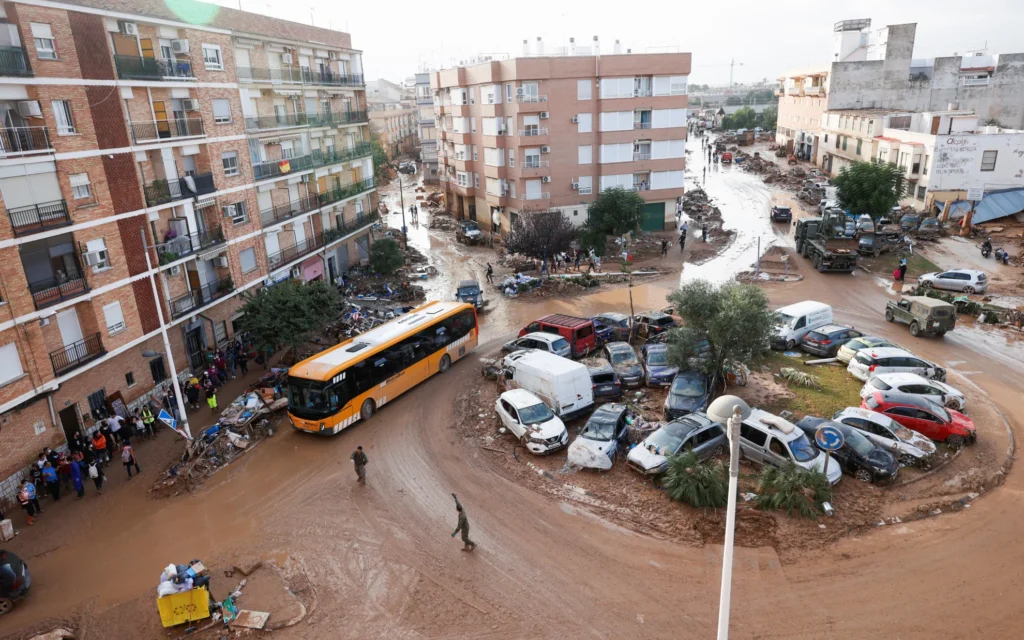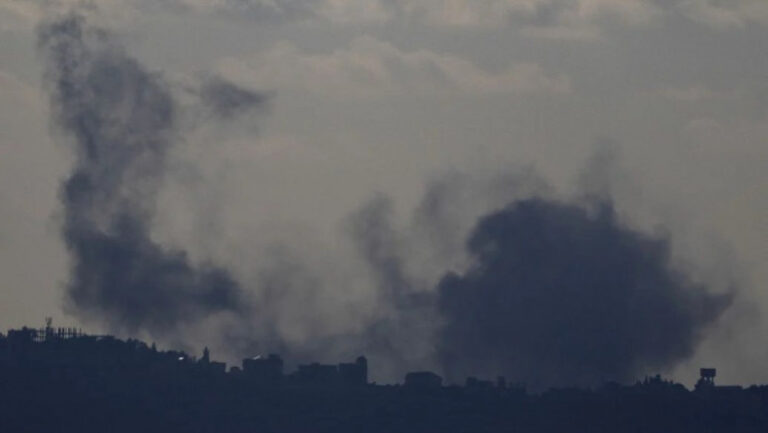
spain flood
Identification Process of Flood Victims in Valencia
In the aftermath of the catastrophic floods in Spain’s Valencia region, forensic experts are facing a challenging task in identifying the bodies recovered. From the 207 bodies received at Valencia’s morgue, autopsies have been performed on 200 of them. However, only 167 bodies have been fully identified, with 140 identified through fingerprinting and 27 through DNA tests. The Spanish authorities are urging relatives of the missing to provide DNA samples to aid the identification process.
Continuing Search Operations and Aid Efforts
Search operations continue on the ground, especially in the hard-hit suburbs of Valencia which include underground parking lots and waterways. The 15,000 soldiers and police deployed in the region are working tirelessly to not only aid in the search but also to clean up and restore roads and infrastructure destroyed by the storms.
Spanish police are employing DNA tests to identify the victims of the tragic floods. The process involves relatives filling in a form and providing biological samples, which are then compared with those of the victims. A week after the disaster, patrol and inflatable boats are scanning the coastline for potential survivors or bodies.
Disaster Relief Package and Emergency Plan
The disaster relief package for victims has been activated, marking the affected region as a disaster area. The government has extended the deadline for aid applications from one to two months, until January 7, 2025. Spanish Prime Minister Pedro Sanchez announced a first emergency plan worth €10.6 billion to assist citizens and businesses impacted by the floods, which have caused significant devastation in the southeast of the country.
Impact of Torrential Rainstorms and Fake News
The torrential rainstorms in the Valencia region, which in some places equaled the rainfall recorded in an entire year, have resulted in the loss of at least 219 lives. The storms have also created chaos in several towns, causing major destruction through mudslides.
However, the relief efforts have been hampered by the spread of fake news, creating panic and confusion among residents. Fake evacuation notices and emergency hotlines have been circulated online, causing unnecessary panic and hindering the work of emergency services. Officials are warning residents of the risks associated with such false information and urging them to rely only on official announcements.



